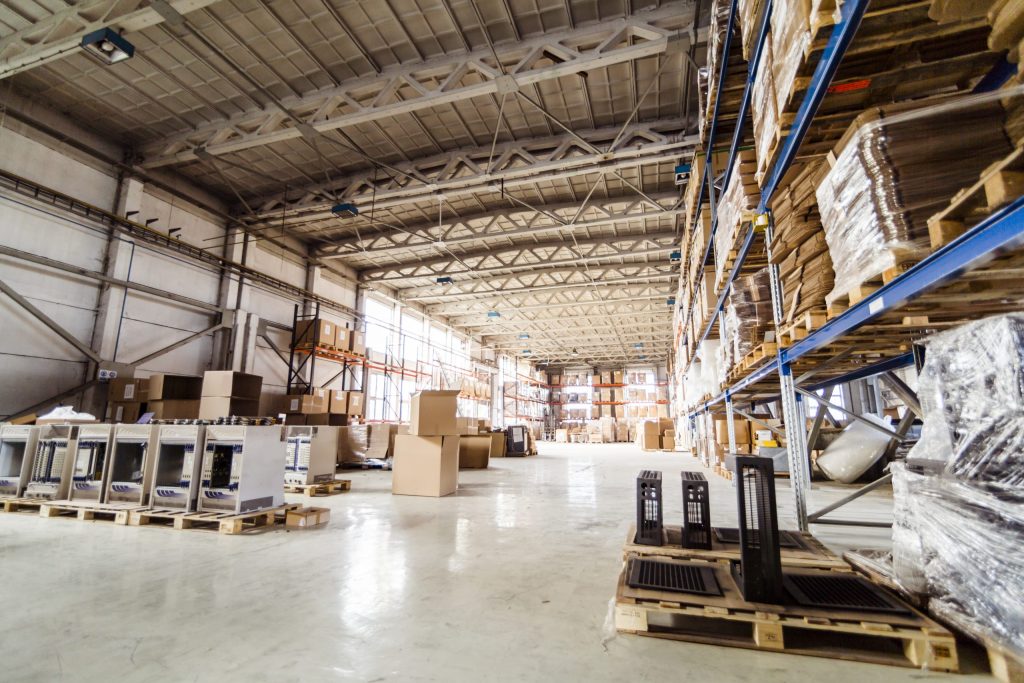Warehouse risks and preventive measures

What are the rules and procedures for proper safety management in the warehouse? How to protect health and prevent accidents and injuries in the working environment?
The activities carried out in storage and distribution warehouses are classified by legislation as medium risk situations.
The regulations laid down by the countries are quite simplified in terms of the definition of warehousing and do not take into account how inconsistent the realities included in the term are. Therefore, the risk assessment within the warehouse, which is part of the employer’s obligation, must start with the working environment in which the warehouse is located and consider all the variables it encompasses.
These include, for example, the level of automation present, the number of internal and external personnel that occupy or pass through the environment, and the hazardous tools and products that may be present.
This is the only way to identify risk factors and classify them into three main macro categories
● Risks related to the environment
● Risks related to equipment
● Personnel health risks.
General and specific risks
In order to improve the safety of a warehouse, it is always necessary to assess the general and specific risks associated with the activities that are taking place. These range from the most obvious maintenance of electrical installations to the presence of ramps, ladders, railings that could lead to falls or slips. The assessment must not overlook the considerations related to the working environment and therefore the different temperatures that may exist, as well as the correct lighting of artificial and natural areas.
Thus, it is clear that inside the warehouse, people may be at chemical or biological risk, considering the type of activities that take place there. Therefore, even in this case, any measures that should be taken to prevent possible damage and accidents should be evaluated.
Just as with forklifts, automatic or mechanical means of transport in warehouses, it is necessary to assess the risks associated with lack of maintenance (noise, accidental crushing) and to provide adequate personal protective equipment for staff.
The risks of manual handling of goods should not be underestimated either. In fact, they are the type of risk that causes the greatest number of illnesses in the warehouse. The assessment in these cases must be rigorous and take into account the possible effects on the operator’s musculoskeletal system.
Warehouse safety: what to look for during training
The main risk factors in the warehouse can be classified and should therefore be included in the worker training process as follows.
● Falling from above
● Falling material from above or during handling
● Slips and falls
● Impact, shock and compression
● Manual handling of loads
● Cuts and abrasions
● Forklift driving accidents (rollover, crash, investment)
● Noise and poor lighting
● Improper ventilation of the house
In addition to this, proper use of PPE and work tools (e.g. equipment and machinery), knowledge of emergency procedures and adequate clothing should be used.
Shelving: Adequate safety of logistics solutions
Legislation guaranteeing workplace safety (and the associated seismic measures for buildings) stipulates that, in addition to buildings, non-structural elements within the warehouse must always be evaluated. Among other things, industrial shelving is fully included. Finally, it is necessary to consider all the key issues that may arise within that workspace, which are related to lifting equipment and used for material transport.
Related recommendations
-
International industrial robot technology is becoming increasingly mature
1739The future of automation depends on collaboration between manufacturers, partners and distributors to create applications that are integrated, acce...
View details -
About Factory Safety
723It is largely obvious that manufacturers are advised to keep their plants safe. Among several other safety statistics, Eurostat shows that 31.4% of...
View details -
Ukrainian unmanned combat vehicles
704Milrem Robotics, an Estonia-based developer of robotic and autonomous systems, recently announced that it has signed a contract with German defense...
View details -
News: Shanghai Plutools Automation Co.,Ltd will participate in MODEX 2024 exhibition in Atlanta, lGA, US
1835MODEX 2024 As the speed of manufacturing and supply chain operations continues to accelerate, building a more agile, efficient and transparent supp...
View details
 Plutools
Plutools



HelloPlease log in